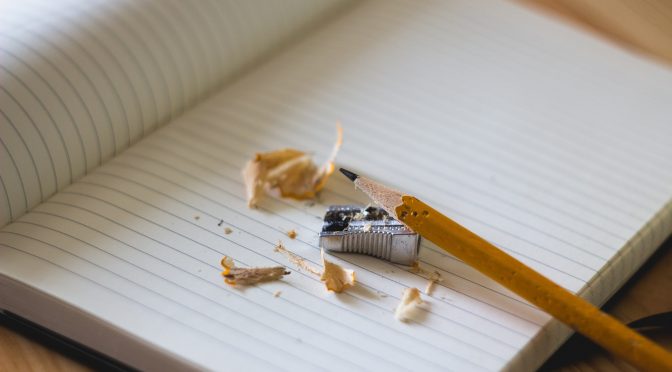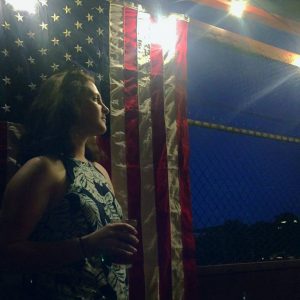
Notes from the Library…LabArchives
Tufts has an institutional license for LabArchives, an electronic lab notebook. Your lab may already be using this tool, but if not, read on for information on what LabArchives is, and how you can use it in your work.
What is LabArchives?
LabArchives is a web-based electronic lab notebook, designed to replicate and enhance the features of a traditional paper notebook. LabArchives allows you to electronically document your experiments, store files, search content, manage version history, and collaborate with others.
How do I access to LabArchives?
While LabArchives is designed as a collaborative tool for research labs, anyone at Tufts can contact Tufts Technology Services to request access: tts-research@tufts.edu.
Once a LabArchives account has been created for you, then access the login page from your preferred browser (Chrome, Firefox, Internet Explorer, or Safari): https://shib.labarchives.com/select_institution. Select ‘Tufts University’ from the dropdown menu (if you are on campus, then this option will already be selected), click ‘Go to Your Institution’s Login’, and enter your Tufts username and password.
LabArchives is also accessible via a mobile app for Android and iOS devices.
Tell me a little more about what I can do in LabArchives.
Like any tool, LabArchives is what you make of it. Here are a few things you can do in LabArchives:
- Create multiple notebooks
- Organize information into folders, pages, and entries
- Enter text, structures, or calculations, and upload files, to a page
- Develop templates for common protocols and methods
- Tag content to facilitate searching in your notebook
- View changes made to, and revert to old versions of, your notebook
What types of files can I store LabArchives?
Any type of file can be stored in LabArchives. Files up to 15 GB can be uploaded to a notebook page. If you need to reference a file that exceeds this limit, then you can store the file elsewhere (e.g. Box, research storage drive) and link the location path to your notebook. Your LabArchives at Tufts account has unlimited storage.
Can I view and edit files in LabArchives?
LabArchives is integrated with Office Online and GraphPad Prism, which allows you to view and edit Word, Excel, PowerPoint and Prism documents from within your notebook.
In addition, an Office plugin enables you to save documents to LabArchives while working in Word, Excel or PowerPoint on your desktop.
Most image files can be viewed and edited in LabArchives. PDF documents can also be viewed in LabArchives.
Can LabArchives be used to store personally identifiable and/or medical data?
No. LabArchives does not meet the standards necessary to comply with Health Insurance Portability and Accountability Act (HIPAA) or Family Educational Rights and Privacy Act (FERPA) standards.
How does LabArchives allow me to collaborate with others?
You can share an entire LabArchives notebook or an individual folder, page or entry with other LabArchives users, at Tufts or other institutions.
As a notebook owner, you can choose whether you provide read/write or read-only access to your content. Permissions can be changed at any time.
How can I access my LabArchives notebooks when I leave Tufts?
Prior to leaving Tufts, you should confer with your PI about transferring ownership of your LabArchives notebooks to another LabArchives user in your lab. In order to continue to have access to your notebooks, you will need to create a free individual LabArchives account or, if you are going to another institution with LabArchives, an account at that institution.
You can also download either an HTML or PDF version of your notebooks, for offline reading and storage.
What are the next steps if I want to start using LabArchives?
To request access to LabArchives, contact Tufts Technology Services: tts-research@tufts.edu.
For quick start guides, frequently asked questions and troubleshooting, go to the LabArchives help page: http://labarchives.kayako.com/.
For help with data management best practices, such as file structure, naming and metadata, contact me: laura.pavlech@tufts.edu. 












